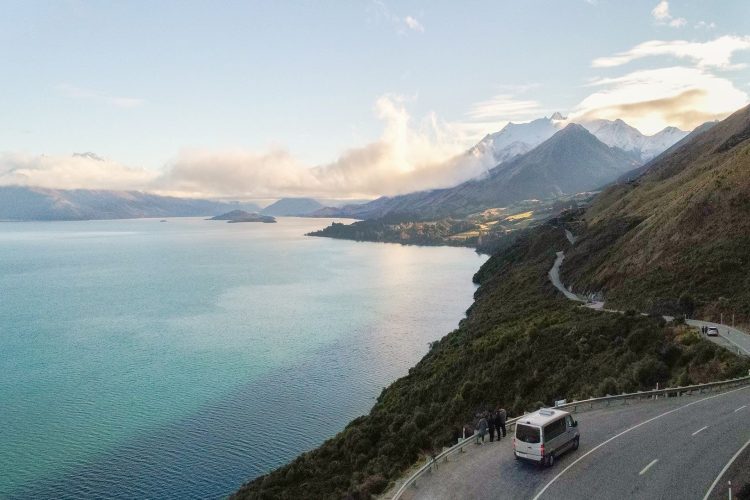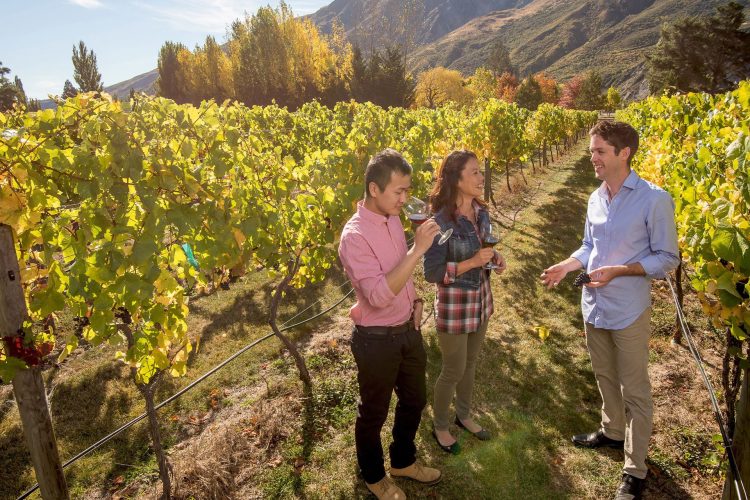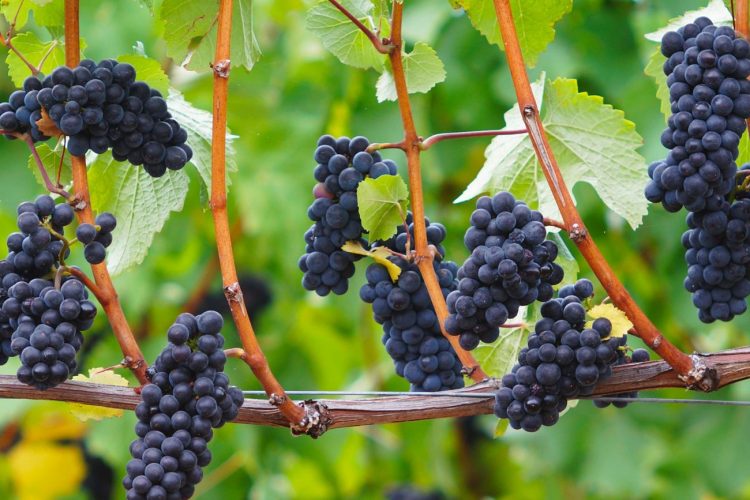The instant recognition of Alan Brady’s Gibbston Valley Pinot Noir in 1987 led to a rapid increase in vine plantings across Central Otago. Firstly into Bannockburn, a sub zone of the Cromwell Basin, and then further afield into Bendigo. Now it is fair to say, there are grapes everywhere!
Central Otago wine growing country can be clearly divided into six distinct sub-regions: Alexandra, Bannockburn, Bendigo, Gibbston, Cromwell, and Wanaka. The Bannockburn, Bendigo, and Cromwell regions are comparatively warmer than Wanaka and Gibbston and grapes will usually ripen about a week to ten days earlier in these regions. Alexandra is warmer and drier again – in fact “Alex” receives an average 100 hours more sunshine a year than Queenstown and 600 mm less rain!
LOOKING AT EACH REGION INDIVIDUALLY:
BANNOCKBURN
Bannockburn is situated just to the south of Cromwell township, on the banks of the Kawarau River as it widens and joins Lake Dunstan and the Clutha River. This region is very hot and dry in the summer and the soil is particularly dusty and well drained.
The landscape is strewn with old sluicing mounds from gold mining days long gone. The gold miners used to call this region “the heart of the desert”.
Arguably, Bannockburn produces the highest quality grapes and wines in the Central Otago region. Vineyards are much smaller (much like those in Burgundy), due to the landscape restricting their ability to stretch out, and the well draining dry soil and hot dry summer days make for perfect grape growing conditions. Wines such as Mt Difficulty, Felton Road, and Akarua are internationally renowned for their complexity and distinctive grandness. Other prominent wineries to look for include Domain Road, Bannock Brae, Kingsmill, Terra Sancta, and Desert Heart.
BENDIGO
Further north from Cromwell along the shores of Lake Dunstan is the sub-region of Bendigo. The region has the largest vine plantings of anywhere in Central Otago, extending all the way from Tarras, out toward Maori Point toward Wanaka, and down the shores of the Clutha River toward the mouth of Lake Dunstan.
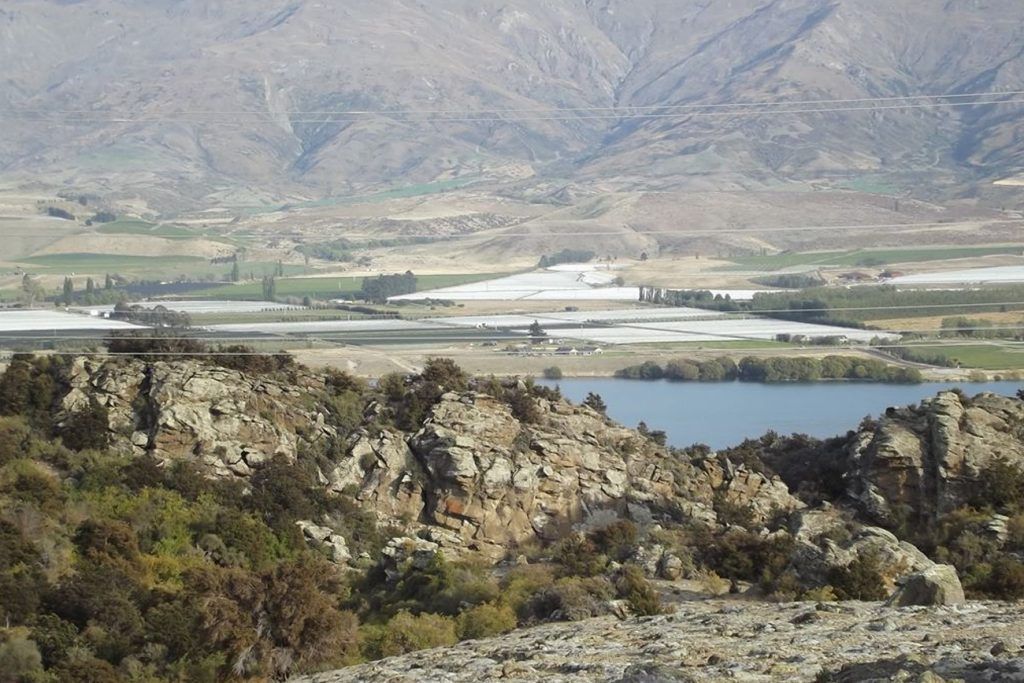
Driving along the main road North, some of the eastern Bendigo vineyards are very distinctive; perched high up (330 – 350 meters above sea level) on terraces cutting into the hillsides. The familiar name does come from the Australian town of the same name, named by Victorian gold miners in the 1960s.
Some of the prominent Bendigo vineyards to look out for include Aurora Vineyard, Clutha Ridge, Lamont, Mondillo, Mud House Wines, Prophet’s Rock, Zebra NZ Vineyards, Moko Hills and in the Tarras and Maori Point Road region, Maori Point Vineyard, Swallows Crossing Vineyard and Tarras Vineyards.
WANAKA
Over the Crown Range from Queenstown and to the north lies Wanaka. Although it is wetter than the Queenstown and Cromwell regions the massive Lake Wanaka provides a warming effect, often protecting the grapes from late frost.
Wanaka has the smallest vine plantings of all the sub-regions although it has one spectacular vineyard which should not be missed for both it’s incredible views and historic importance (and actually its fantastic annual music festival) – namely Rippon Vineyard. (Read our History of Central Otago Vines page to understand the important roll that Rippon played).
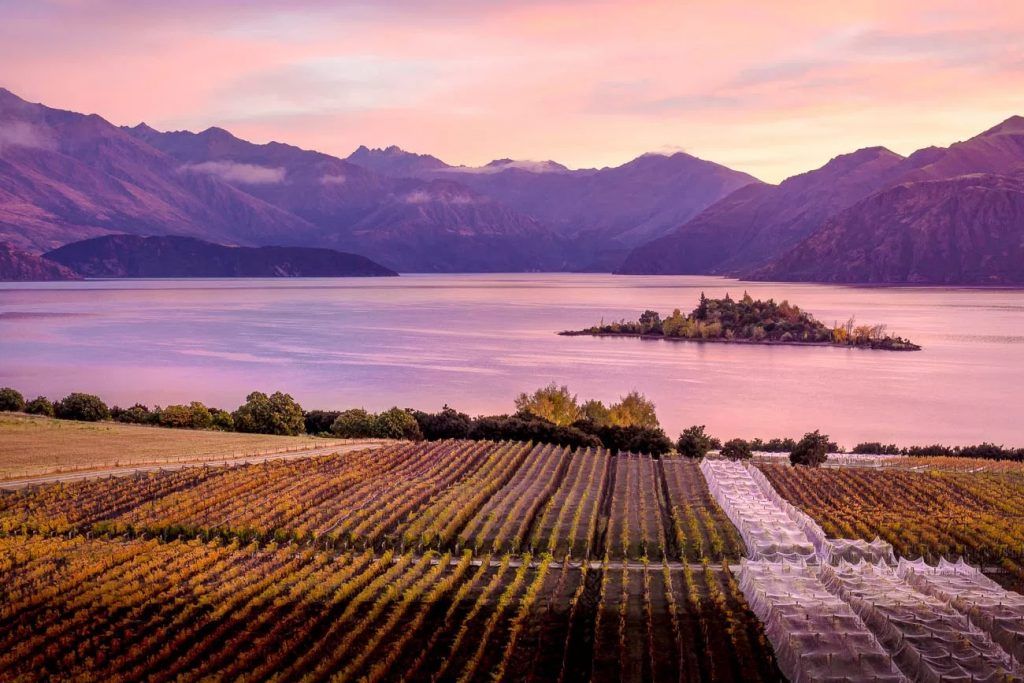
CROMWELL
The extensive plantings around the town of Cromwell and along the western shores of Lake Dunstan are very obvious as you drive along the main road. The area of Lowburn, beneath the high Pisa mountain range, produces a distinctively silky seductive style of wine. Also look for Wooing Tree wines – situated almost in the heart of Cromwell town as these wines have an interesting heavy and rich style.
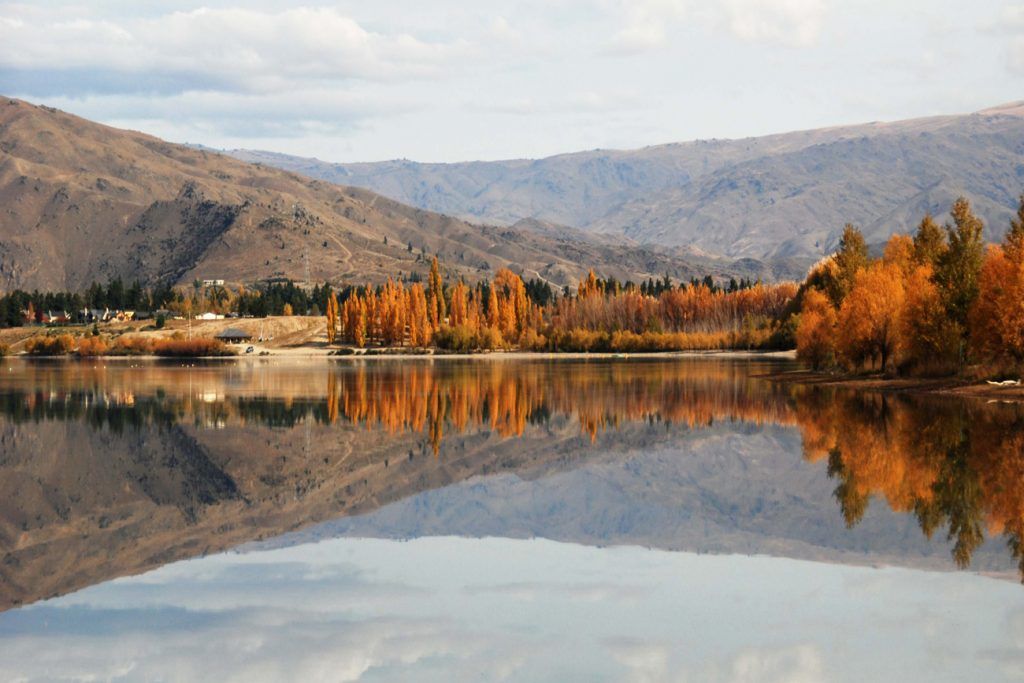
ALEXANDRA
It all started in Alexandra in 1864 with the planting by Frenchman Jean Desire Feraud of his Monte Christo vineyard. Although the most southerly of all the Central Otago sub-regions, it is often also the hottest. Both the towns of Alexandra and Clyde (only a few kilometres north of Alex) regularly record the hottest temperatures in New Zealand.
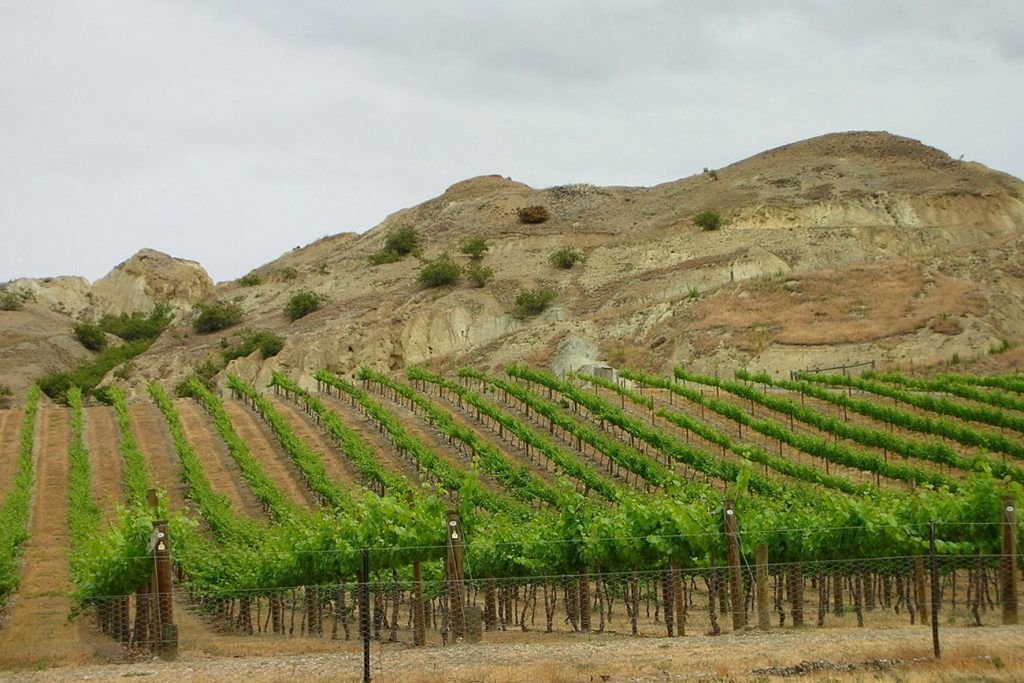
The landscape is exotic and moon-like with rocky schist outcrops everywhere providing well draining mineral soil. What makes the best grape growing conditions however, is the extreme variation in temperature between night and day here in the Alexandra sub-region. This produces beautifully aromatic, finely structured wines as during the course of the day the intense heat produces high sugar content in the grapes and then the large drop in temperature overnight night preserves the high natural acid content creating an exceptionally balanced fruit. (You can read more on the effects of high diurnal temperature variation on our pages about the viticulture process).
Of course, Alexandra is also home to Black Ridge wineries, the fourth pillar in the history of Central Otago wines and the world’s most southerly vineyard – what a great claim to fame!
GIBBSTON
We left our home turf till last simply because there is nothing quite like home. Gibbston is the highest sub-region in Central Otago with vineyards as high as 420 meters above sea level.
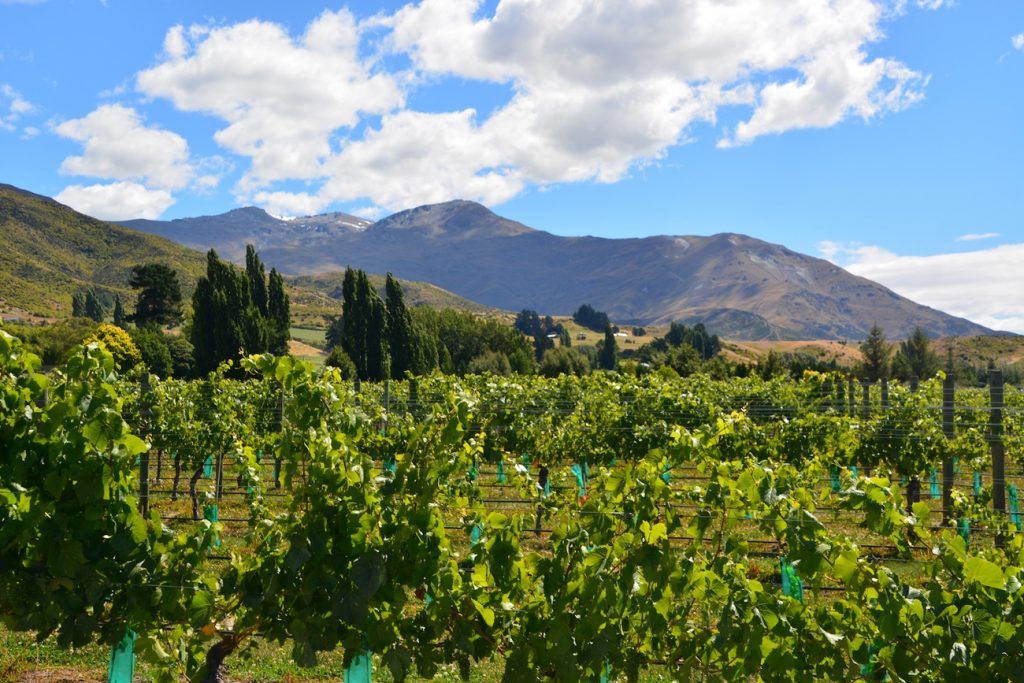
Site selection is critical as it is also the coolest of all the sub-regions which means that grapes ripen here last. But the right vineyard in the right hands grows exquisite fruit of great colour and intensity producing a wine of lighter style than the region’s northern cousins but with wonderful finesse, evident in the numerous awards won by wineries in the region such as Peregrine, Gibbston Valley Wines (world champion Pinot Noir in 2001), Valli wines, and Chard Farm.
